Willow pattern china is a familiar friend, but you would be too if you had been around since the late 1700s. It’s the classic chinoiserie transferware pattern seen in many colors on creamy white ironstone or china. But the most iconic color has to be blue. Blue willow china is etched in our imagination from movies, decorating magazines and the homes of our aunties from childhood.
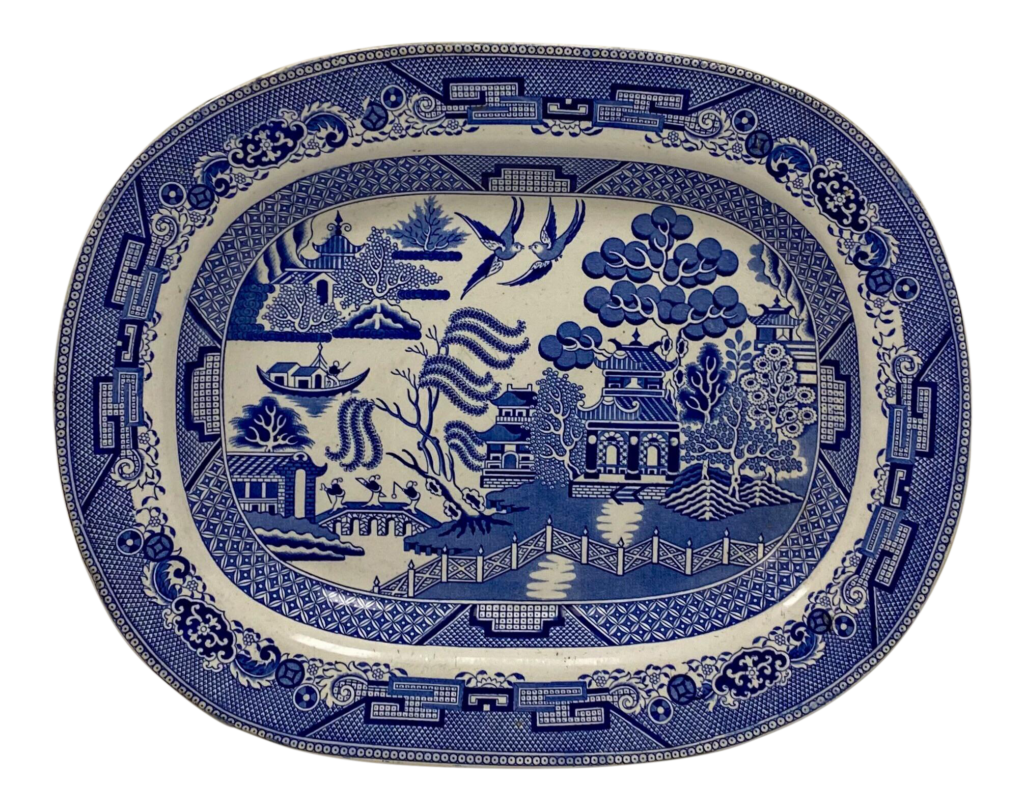
Why the Blue Willow is a Classic
The blue willow pattern is a timeless blend of history, charm and tradition. It’s been in continuous production by myriad potteries, but almost all the designs include common elements: a pagoda, a boat, a bridge (usually with 3 people crossing it), a lattice fence and a pair of birds.
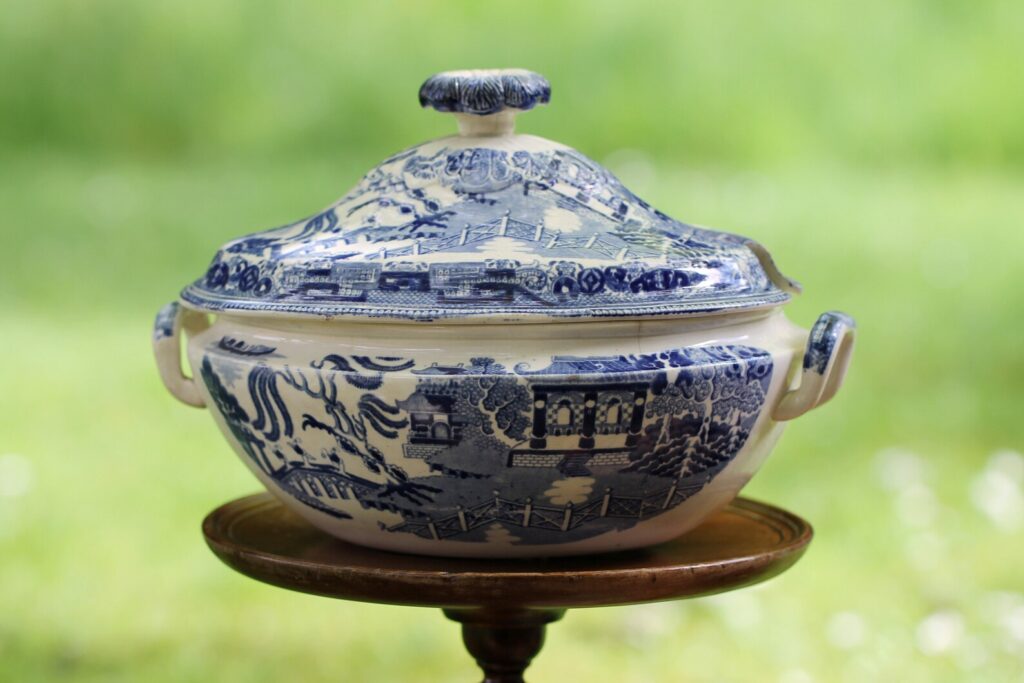
Blue Willow History
Inspired by Chinese imports, English potter Thomas Minton is credited with the first blue willow design. All the other British potteries, including Royal Worcester, Spode, Adams and Wedgwood, were soon cranking out their versions for an eager European and American market.
Although there was no social media back then, there was marketing. A legend of star crossed lovers was created to explain the elements in the design and enhance its appeal. The International Willow Collectors website has a compilation of the various fables and poems that were penned and handed down with the china.
Blue willow is a transferware pattern. Transferware decoration is applied when a pattern is printed from a copper plate on an appropriately sized piece of tissue weight paper. It’s not a flawless process, sometimes there will be places where the transfer slipped or was wrinkled. James Madison’s Montpelier living history museum has excellent images of transferware flaws.
By the way, if you’ve ever ordered the blue plate special in a diner, yup, that blue plate was likely a blue willow divided grill plate.
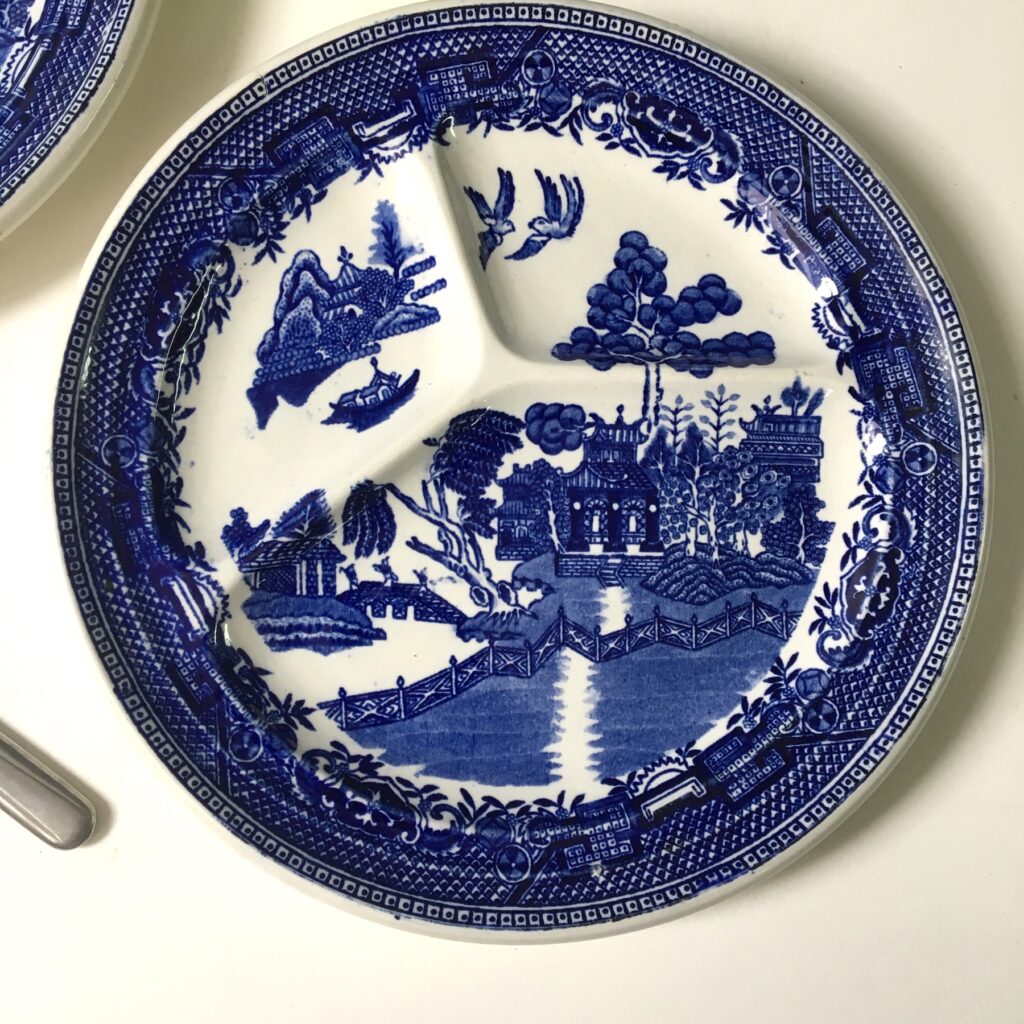
The Blue Willow Today
A pattern with a long history like blue willow tends to be displayed in traditional ways, in fine wood hutches and cabinets, as statement pieces on wood sideboards. But some of the nicest modern spins on vintage looks are the ones that upend convention.
Jennifer Griffin showcases blue willow china in her green painted craigslist find hutch on her blog Dimples & Tangles.
Susan of Between Naps on the Porch created a warm fall tablescape using Churchill blue willow supermarket premium china and the autumn bright colors. Blue willow is a versatile player for mix and match china.
The blue willow motif is also a classic for fabrics and wallpapers like Schumacher Nanjing Porcelain.
For more information about blue willow china
“The History of China’s Willow Pattern,” from RN on the Australian Broadcasting Corporation.
“How did the Blue Plate Special get started?” from Culinarylore.com
“10 interesting facts about blue willow china,” from Simplemost.com
Blue willow china in illustrations, from the Rockwell Center for American Visual Studies at the Norman Rockwell Museum.
Pin it!
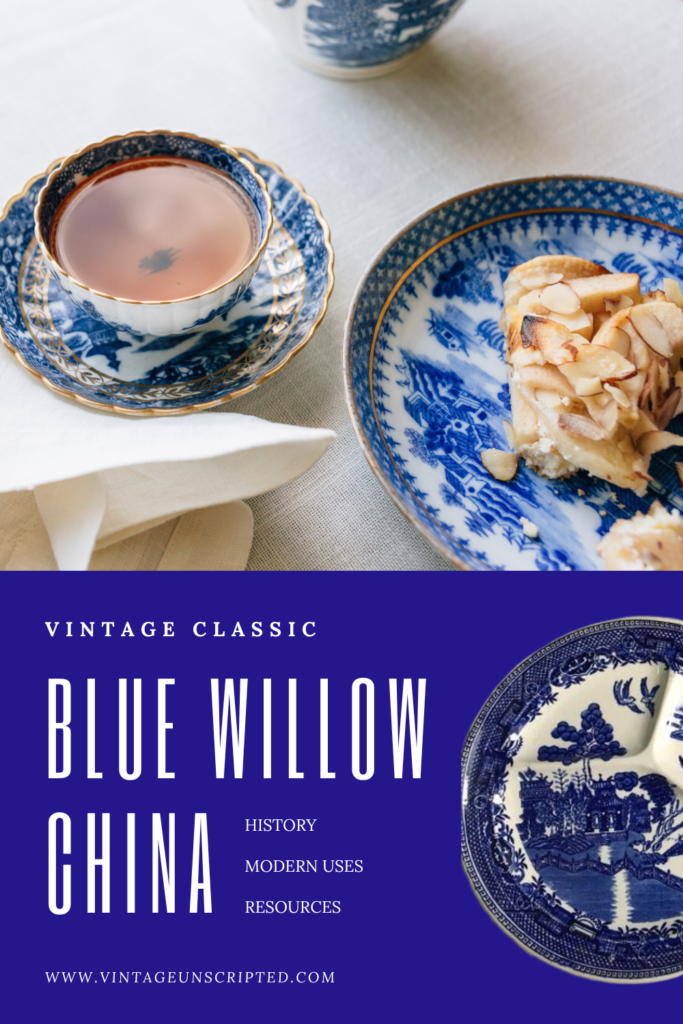
What does it take to be vintage classic? It has to be something that at the time it was designed was an instant favorite, maybe even a trend, because of its design and/or function. It has to be something that all these years later, is still loved and appreciated. And sometimes it’s so loved that it’s been reproduced to meet current demand. (Don’t get us started on that, vintage is always best!) Leave us a comment to nominate your favorite vintage classic for a profile!

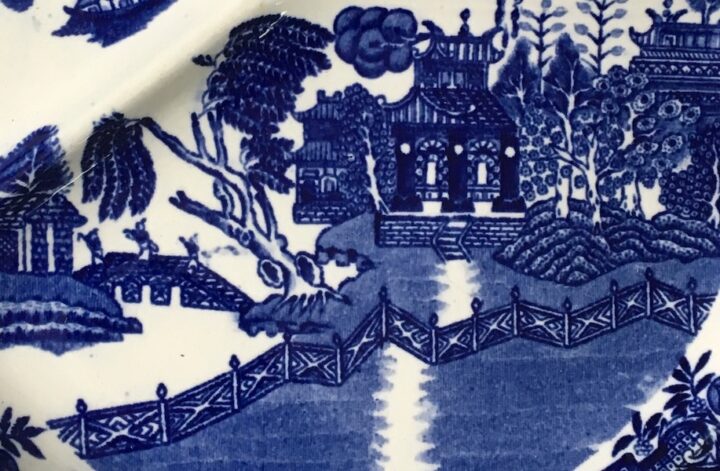
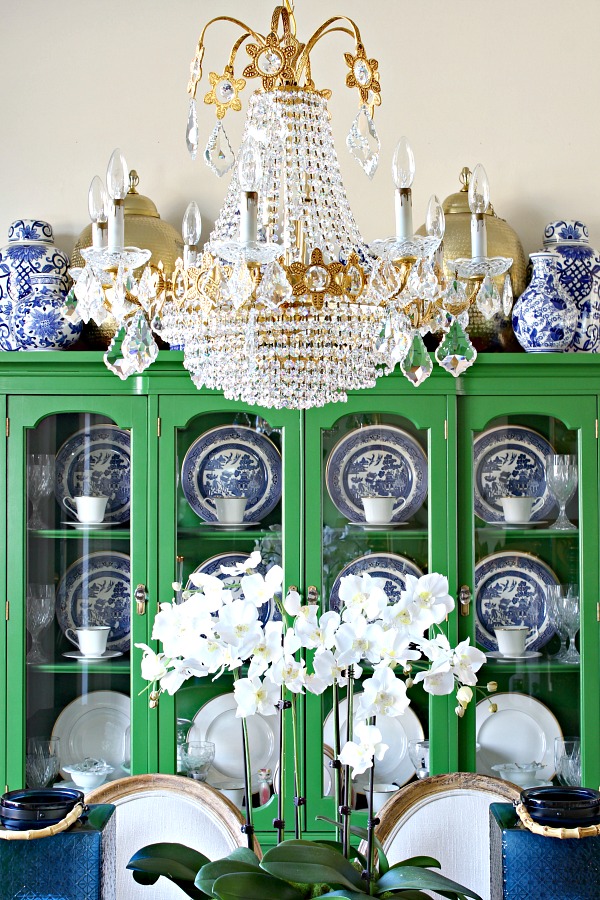
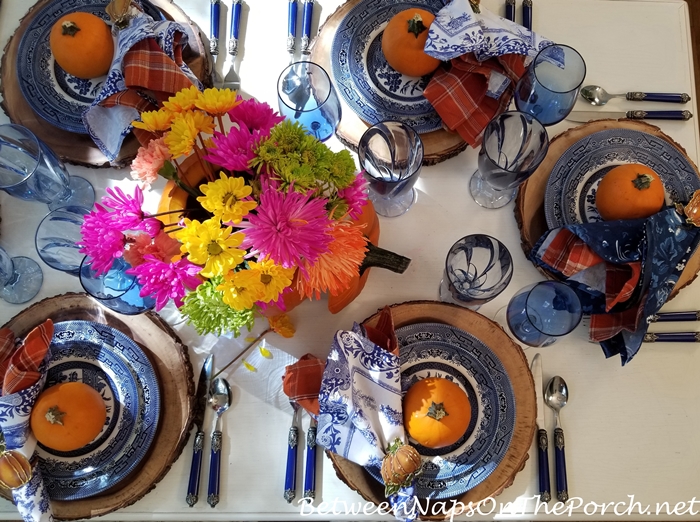
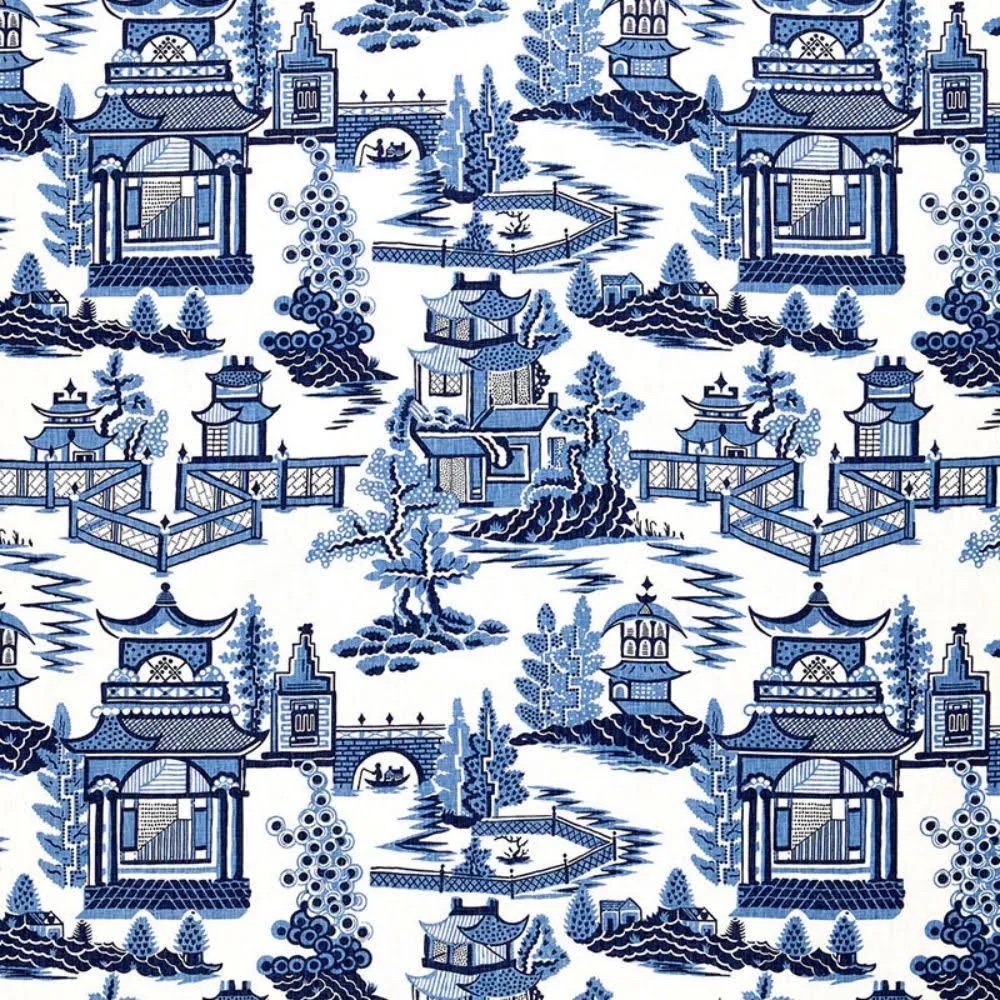

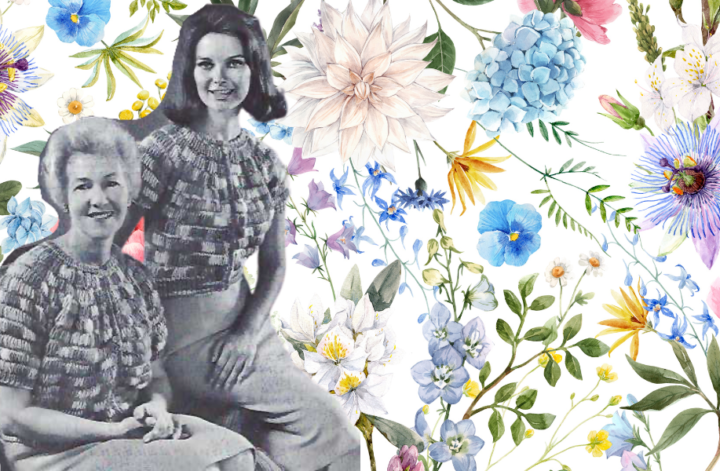
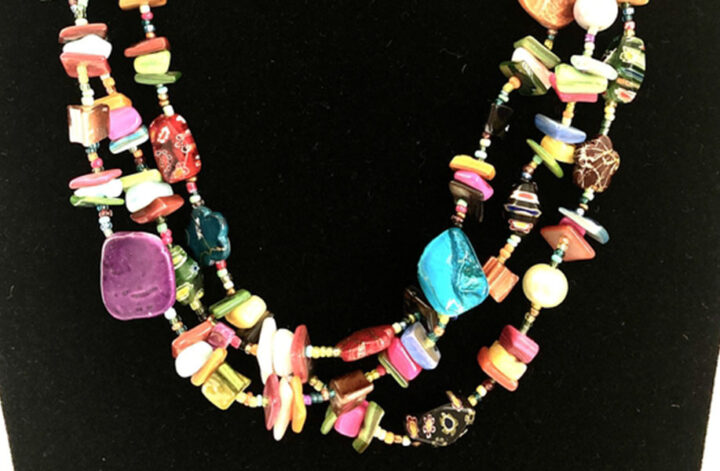

2 comments
Blue willow was my grandma’s good china. Thanks for the memories, Laurie. ❤️
Great article. My mom loved blue willow and I am reminded of her each time I come across a piece. Of course I saved several items from her collection. I recently found a company that has a fun and humorous take on this beloved pattern. https://calamityware.com/collections/plates/products/calamityware-mug-1-things-could-be-worse